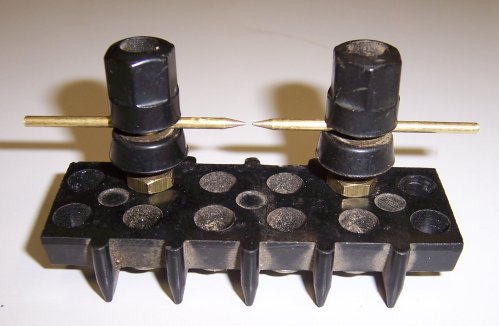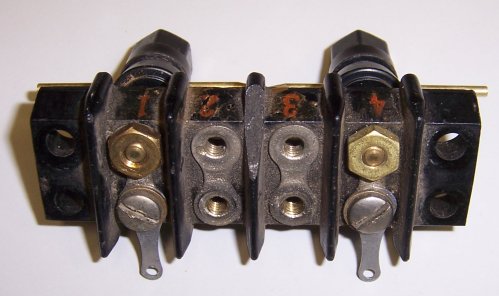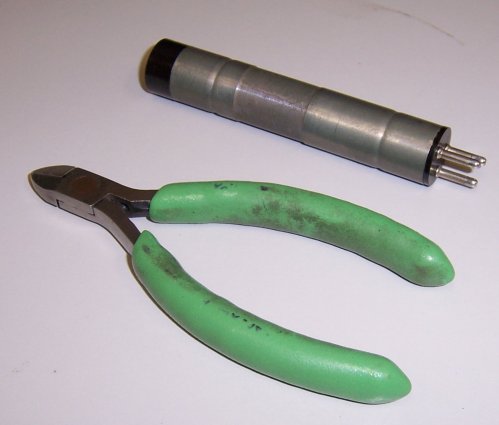What were you doing today at ten after ten? Over here, Carol and I had just left the garage on our trip down the mountain to go to church, and she was swapping in a new mix CD I had made to the 4Runner’s 6-CD changer. Not very cosmic, except in the sense that it was life proceeding as usual and well. Sure, my back still hurts (and for some reason, more than usual today) but Carol is by my side and my dogs are always happy to see me.
Better still, we went over to Wal-Mart after church and I found a species of dry-roasted peanuts without MSG, thanks to Jen Rosenau’s suggestion. They’re a little odd and not quite the dry roasted peanuts I’m used to, but tasty, albeit a little bit sweet. And lord knows, they’re cheap.
Ubuntu V10.10, Maverick Meerkat, was released today at 10:10 (I think; that’s the legend at least) South African time. I torrented it down earlier today in sixteen minutes flat, and will install it in the day or so. (I may try tonight if I don’t run out of steam.) It’s not a big-deal release, and I’m installing it immediately on its release to test if installing a Ubuntu version on Day 1 is less wise than waiting a month or two, as I’ve generally done in the past. I’m going to try Wubi this time, and will report in detail when it’s in and working.
I guess the best news of all is that I counted some Geigers today for the very first time. My radiation test sample is a 1950s aviation panel meter with radium paint on the scale and the pointer. After trying a number of transformers in the last two weeks I hit the jackpot with an old Merit A-2924 interstage transformer, which has the most extreme impedence ratio of anything in my formidable junkpile: 125 : 100,000 ohms. Alas, the spark gap only took the charge on the caps to about 550V. I swapped in a 1N4007 silicon rectifier diode instead of the spark gap and the charge went up to 900V without any trouble, using the pushbutton interrupter. The Geiger tube I have gives a loud signal into high-impedence headphones at 900V, but the volume goes down steadily and becomes inaudible under about 720V. This bodes ill for the notion of a steampunk Geiger counter (they didn’t have 1N4007s in 1900) but it was way cool to finally hear some clicks coming off the tube.
The interesting thing is that I get no reading at all from the 0A2WA gas rectifier tube, which was “salted” by a smidge of Kypton-85 in 1962. Half-life is 10.7 years; divide something in half four and a half times, and there isn’t really much of anything left.
There’s much more to try, and I’ll continue the series after I do some of that trying. But all in all, today was a very good day. I give it…a 10.

 I ducked over to
I ducked over to 
















